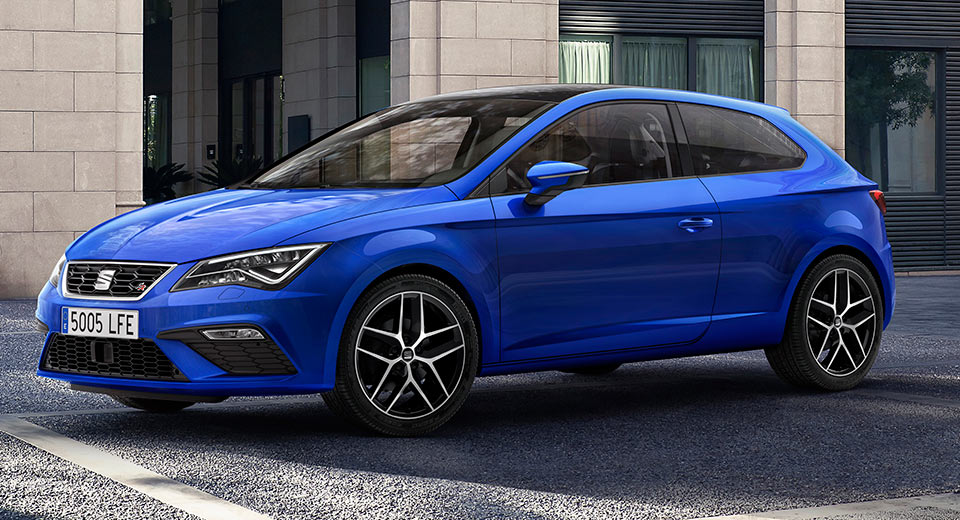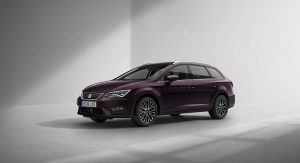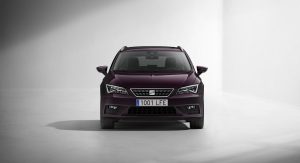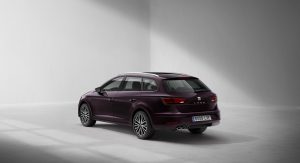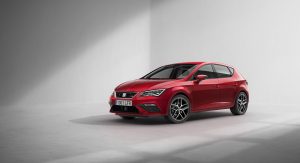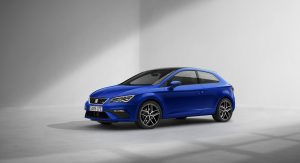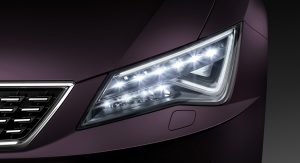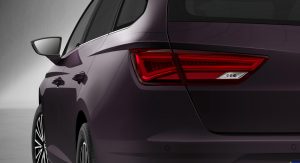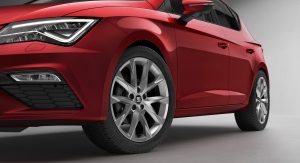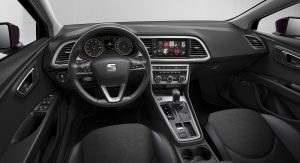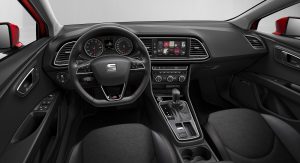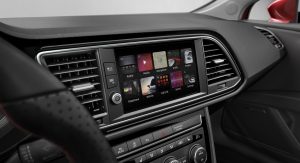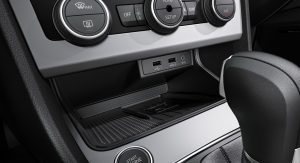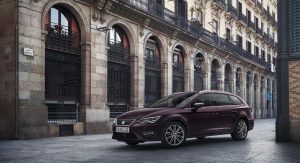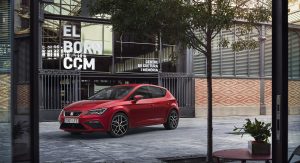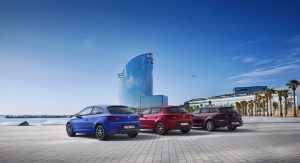With the third-gen Leon introduced in 2012, Seat reckoned it was time to give the compact family model a mid-life refresh.
The facelifted Leon comes with a plethora of changes under the skin, and although it seems like nothing has changed visually, the Spanish car maker insists that “everything has been changed”.
On the surface, the Leon received a sharper, more harmonic design, with SEAT Design director Alejandro Mesonero Romanos saying that “the objective is to harmonise all parts of the model, in particular the front and the rear with the sides of the car”.
Basically, Seat reinforced its already dynamic design, with a slightly wider grille (40 mm), sharper lines, and redesigned LED lights.
The cabin is now garnished with LED ambient lighting, which can be controlled via the infotainment system’s bigger 8.0-inch screen. To make everything more high-tech, the button density has been reduced, while a digital dash is now optional instead of the standard instrument cluster.
Other features include Traffic Jam Assist, which helps the car accelerate and brake automatically up to 60 km/h (37 mph), Adaptive Cruise Control, and the most advanced parking assist technology with both bay and parallel parking.
The new model also brings the XCELLENCE trim with it, allowing customers to opt for a more comfortable and elegant alternative. Seat says it features a particularly distinctive and comfortable look-and-feel upholstery (that can be specified in Alcantara and leather as an option), extensive trim elements and, multi-color ambient lighting.
Mechanically, Seat added two new engines to go with the facelifted Leon: VW’s 1.0-litre, three-cylinder TSI, and a 1.6-litre diesel, both developing 113 hp.
What’s more interesting is that a new Cupra version will be available in the upcoming future, and it will bring its own surprises.



